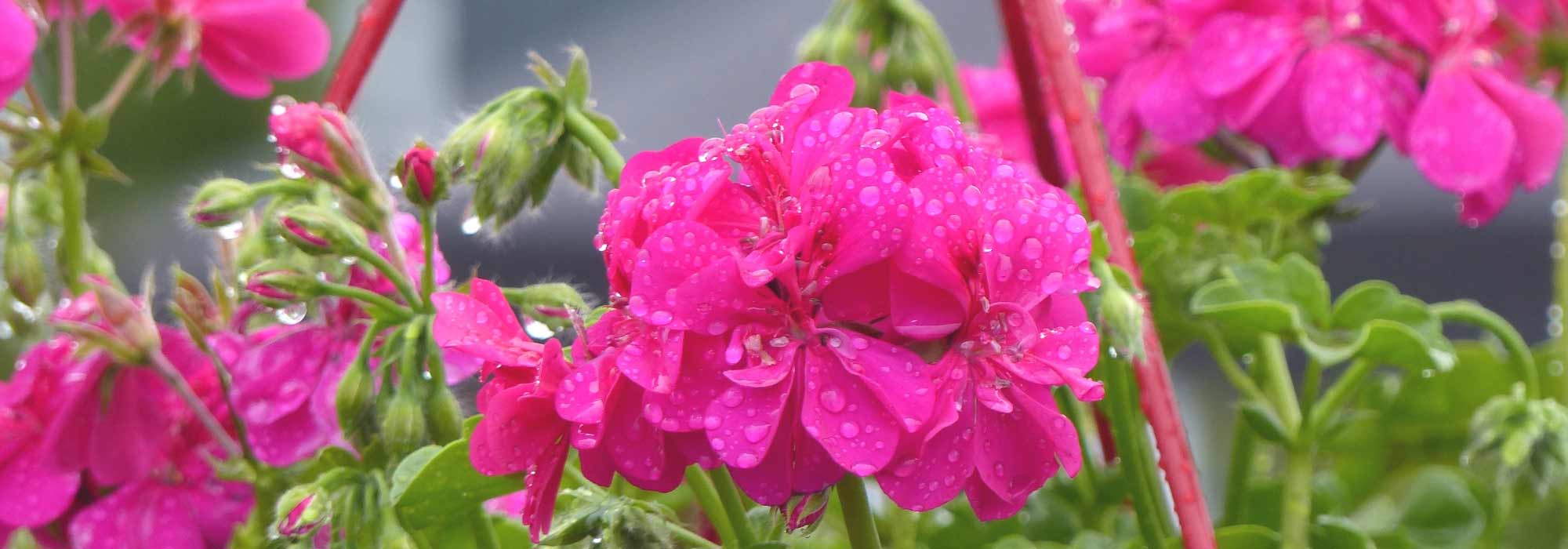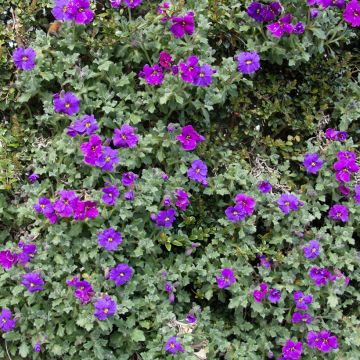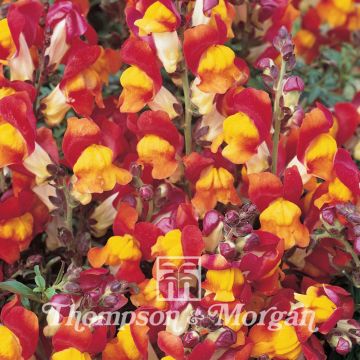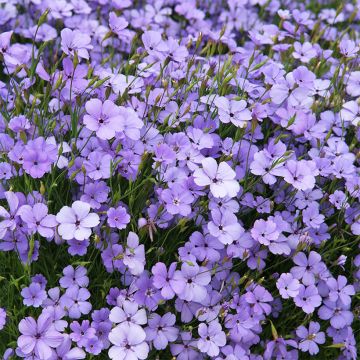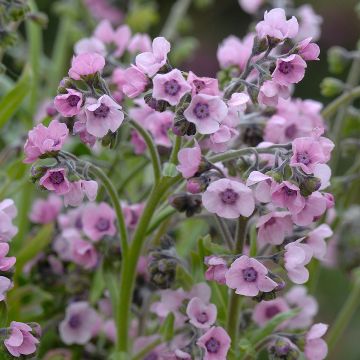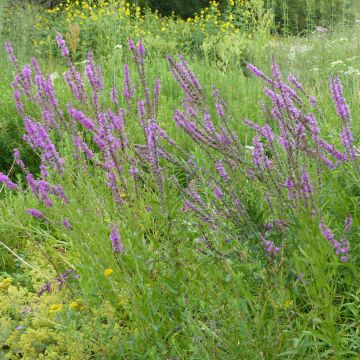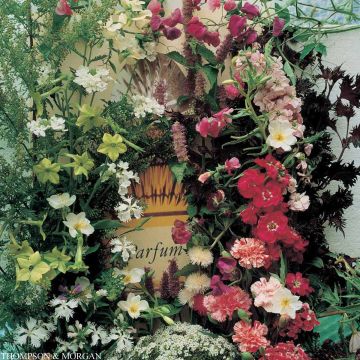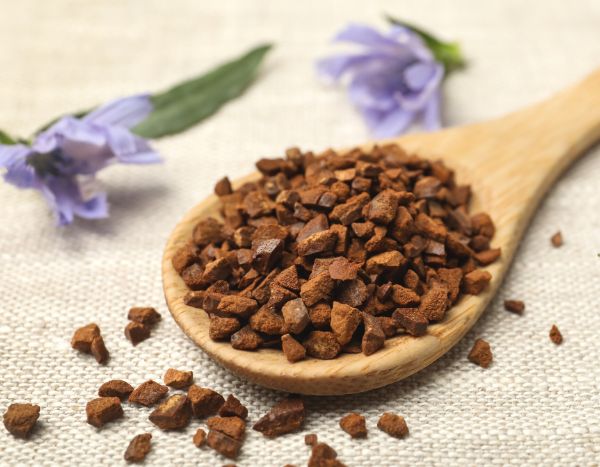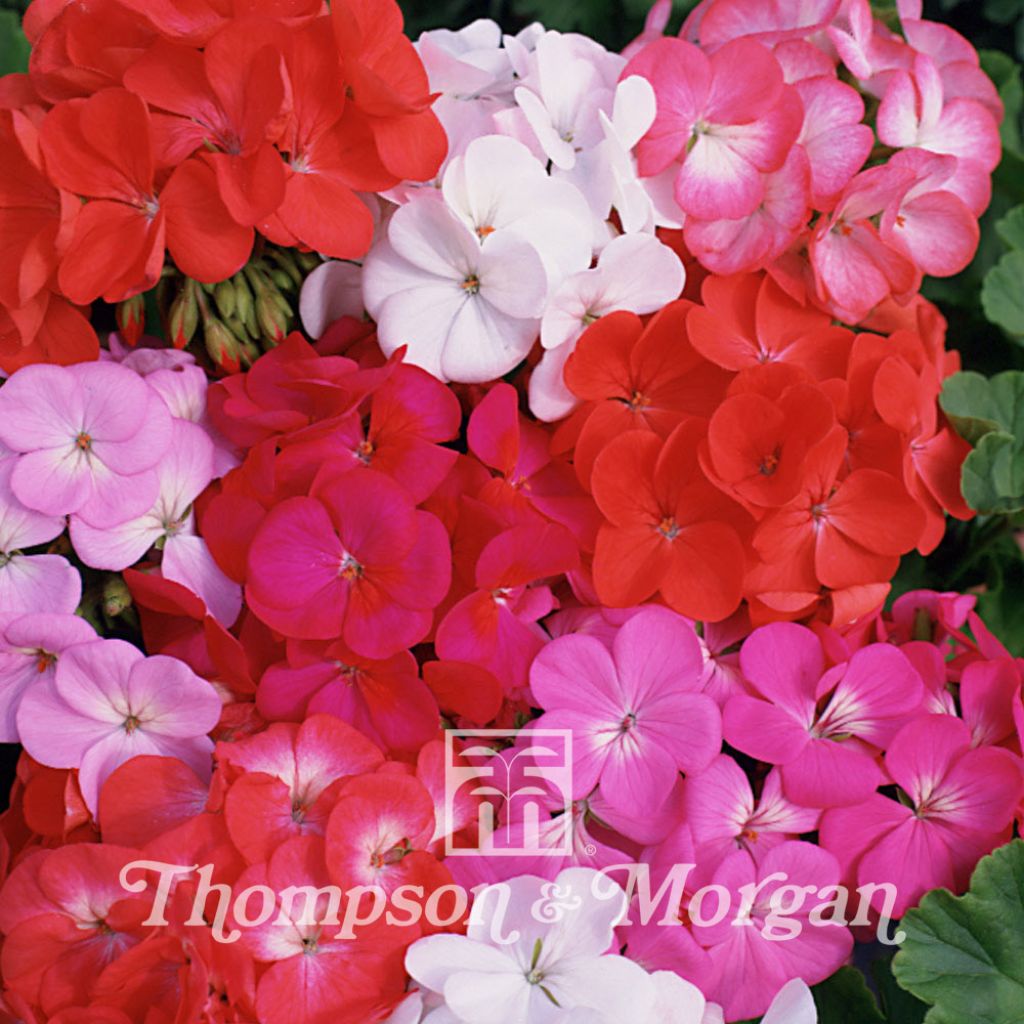

Pelargonium Border Supreme F2 Seeds - Geranium
Pelargonium Border Supreme F2 Seeds - Geranium
Pelargonium x hortorum Border Supreme F2 Hybrid
Geranium, Storksbill
Out of 18 seeds received, only 4 have sprouted .............( after 37 days of cultivation under shelter in the Alpes Maritimes)
jean-jacques, 15/06/2024
Special offer!
Receive a €20 voucher for any order over €90 (excluding delivery costs, credit notes, and plastic-free options)!
1- Add your favorite plants to your cart.
2- Once you have reached €90, confirm your order (you can even choose the delivery date!).
3- As soon as your order is shipped, you will receive an email containing your voucher code, valid for 3 months (90 days).
Your voucher is unique and can only be used once, for any order with a minimum value of €20, excluding delivery costs.
Can be combined with other current offers, non-divisible and non-refundable.
Home or relay delivery (depending on size and destination)
Schedule delivery date,
and select date in basket
This plant carries a 6 months recovery warranty
More information
We guarantee the quality of our plants for a full growing cycle, and will replace at our expense any plant that fails to recover under normal climatic and planting conditions.
Would this plant suit my garden?
Set up your Plantfit profile →
Description
Pelargonium is a tender perennial, often grown as an annual in colder climates. 'Border Supreme F2' brings together some one the best zonal cultivars for growing from seed. The robust, vigorous, bushy plants display large flower clusters in shades of red, bright pink, salmon pink and white. Long-lasting and weather resistant, ideal for pots, containers and borders!
Geranium x hortorum or zonal pelargoniums belong to the Geraniaceae family. They are selected from various parent species including Pelargonium inquinans, native to the south-eastern tip of Africa, Pelargonium zonale and Pelargonium frutetorum. 'Border Supreme F2' brings together a selection of easy to grow cultivars that flower only months after sowing. The small, compact plants have a neat, rounded habit, measuring a minimum of 35 cm tall and wide. If sown early enough, they will flower in their first year until the first frosts. It features sturdy green to light brown succulent stems covered with round, velvety, wavy green leaves, enhanced with bronze markings. From June to October, blooms gathered in large clusters appear above the foliage, almost hiding it from view. They display a wide array of white, red and pink shades that don’t fade in the sun and contrast beautifully with the dark green leaves.
Often grown in pots, window boxes and containers on balconies and patios, pelargoniums are becoming an increasingly popular choice for sunny flowerbeds and borders. The advantage of sowing pelargoniums is one can grow a large number of plants at a much lower cost. Perfect for growing them en masse for a long-lasting, cheerful display all summer long. The plants are fairly drought tolerant. They combine well with verbenas, blue lobelias, morning glory with black or purple foliage (Ipomea 'Illusion Midnight Lace', Ipomea 'Sweet Heart Purple').
Flowering
Foliage
Plant habit
Botanical data
Pelargonium
x hortorum
Border Supreme F2 Hybrid
Geraniaceae
Geranium, Storksbill
Cultivar or hybrid
Other Thompson and Morgan seeds
View all →Planting and care
Direct sow in April-May, after all risk of frost is over. Choose a sunny spot with well-drained, loose soil. Sow the seeds thinly, 3mm deep, 30 cm apart. Water regularly, especially during dry spells. Germination usually takes about 20 days. When the plants are strong enough to handle, transplant them 15 cm apart. Another alternative is to sow pelargoniums indoors from August to September for blooms in early summer the following year. Sow the seeds on the surface of good quality soil at a temperature of 18-20°C, and cover with a pinch of very fine compost or vermiculite. Keep in a light place to encourage germination. When the seedlings are strong enough to be moved, transplant and grow them in a cool place until they can be moved outside. Keep your plants in a frost-free room before planting out the following spring. Pelargoniums thrive in fertile, well-drained, well loosened soils with plenty of sun.
Sowing period
Intended location
Planting & care advice
-
, onOrder confirmed
Reply from on Promesse de fleurs
Haven't found what you were looking for?
Hardiness is the lowest winter temperature a plant can endure without suffering serious damage or even dying. However, hardiness is affected by location (a sheltered area, such as a patio), protection (winter cover) and soil type (hardiness is improved by well-drained soil).

Photo Sharing Terms & Conditions
In order to encourage gardeners to interact and share their experiences, Promesse de fleurs offers various media enabling content to be uploaded onto its Site - in particular via the ‘Photo sharing’ module.
The User agrees to refrain from:
- Posting any content that is illegal, prejudicial, insulting, racist, inciteful to hatred, revisionist, contrary to public decency, that infringes on privacy or on the privacy rights of third parties, in particular the publicity rights of persons and goods, intellectual property rights, or the right to privacy.
- Submitting content on behalf of a third party;
- Impersonate the identity of a third party and/or publish any personal information about a third party;
In general, the User undertakes to refrain from any unethical behaviour.
All Content (in particular text, comments, files, images, photos, videos, creative works, etc.), which may be subject to property or intellectual property rights, image or other private rights, shall remain the property of the User, subject to the limited rights granted by the terms of the licence granted by Promesse de fleurs as stated below. Users are at liberty to publish or not to publish such Content on the Site, notably via the ‘Photo Sharing’ facility, and accept that this Content shall be made public and freely accessible, notably on the Internet.
Users further acknowledge, undertake to have ,and guarantee that they hold all necessary rights and permissions to publish such material on the Site, in particular with regard to the legislation in force pertaining to any privacy, property, intellectual property, image, or contractual rights, or rights of any other nature. By publishing such Content on the Site, Users acknowledge accepting full liability as publishers of the Content within the meaning of the law, and grant Promesse de fleurs, free of charge, an inclusive, worldwide licence for the said Content for the entire duration of its publication, including all reproduction, representation, up/downloading, displaying, performing, transmission, and storage rights.
Users also grant permission for their name to be linked to the Content and accept that this link may not always be made available.
By engaging in posting material, Users consent to their Content becoming automatically accessible on the Internet, in particular on other sites and/or blogs and/or web pages of the Promesse de fleurs site, including in particular social pages and the Promesse de fleurs catalogue.
Users may secure the removal of entrusted content free of charge by issuing a simple request via our contact form.
The flowering period indicated on our website applies to countries and regions located in USDA zone 8 (France, the United Kingdom, Ireland, the Netherlands, etc.)
It will vary according to where you live:
- In zones 9 to 10 (Italy, Spain, Greece, etc.), flowering will occur about 2 to 4 weeks earlier.
- In zones 6 to 7 (Germany, Poland, Slovenia, and lower mountainous regions), flowering will be delayed by 2 to 3 weeks.
- In zone 5 (Central Europe, Scandinavia), blooming will be delayed by 3 to 5 weeks.
In temperate climates, pruning of spring-flowering shrubs (forsythia, spireas, etc.) should be done just after flowering.
Pruning of summer-flowering shrubs (Indian Lilac, Perovskia, etc.) can be done in winter or spring.
In cold regions as well as with frost-sensitive plants, avoid pruning too early when severe frosts may still occur.
The planting period indicated on our website applies to countries and regions located in USDA zone 8 (France, United Kingdom, Ireland, Netherlands).
It will vary according to where you live:
- In Mediterranean zones (Marseille, Madrid, Milan, etc.), autumn and winter are the best planting periods.
- In continental zones (Strasbourg, Munich, Vienna, etc.), delay planting by 2 to 3 weeks in spring and bring it forward by 2 to 4 weeks in autumn.
- In mountainous regions (the Alps, Pyrenees, Carpathians, etc.), it is best to plant in late spring (May-June) or late summer (August-September).
The harvesting period indicated on our website applies to countries and regions in USDA zone 8 (France, England, Ireland, the Netherlands).
In colder areas (Scandinavia, Poland, Austria...) fruit and vegetable harvests are likely to be delayed by 3-4 weeks.
In warmer areas (Italy, Spain, Greece, etc.), harvesting will probably take place earlier, depending on weather conditions.
The sowing periods indicated on our website apply to countries and regions within USDA Zone 8 (France, UK, Ireland, Netherlands).
In colder areas (Scandinavia, Poland, Austria...), delay any outdoor sowing by 3-4 weeks, or sow under glass.
In warmer climes (Italy, Spain, Greece, etc.), bring outdoor sowing forward by a few weeks.






























